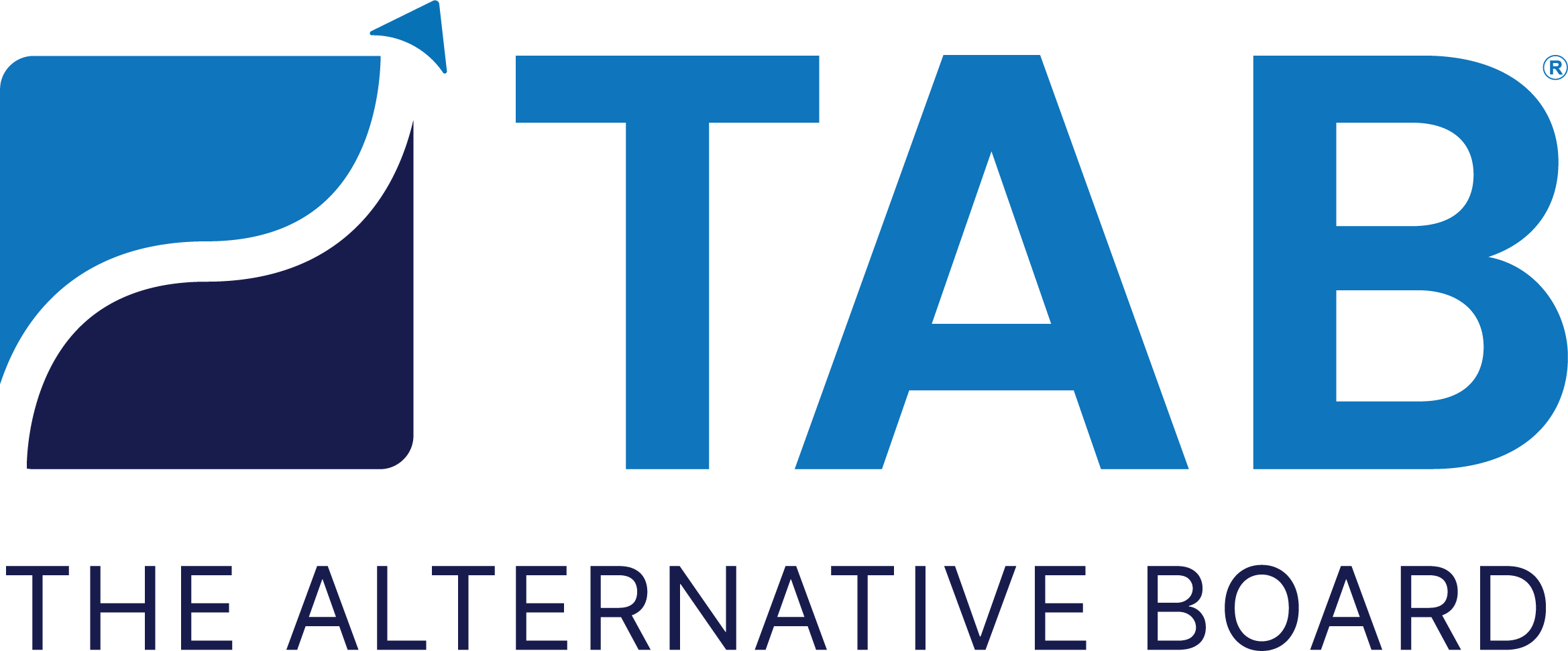Tips for Setting Effective Key Performance Indicators
There are many principles for running a strong, thriving business. Key among these guidelines is this: What can be measured should be measured.
The data compiled for key business metrics can, as we have said before, “say a lot about what you’re doing right and where your best efforts are falling short.” No CEO or business owner should ever ignore or neglect the information available through KPIs (Key Performance Indicators).
According to Investopedia, the most commonly used KPIs include:
Revenue growth
Revenue per client
Profit margin
Client retention rate
Customer satisfaction
Using these KPIs, a business “tracks and measures factors such as efficiency, quality, timeliness, and performance,” enabling decision-makers to better “measure performance over time.”
When selecting and incorporating KPIs into your business, keep these tips in mind:
Know your desired outcomes.
When determining whether a specific metric is worth measuring, ask these questions:
What is your desired result?
Why is this outcome vital to your business?
How will you assess progress towards this outcome?
What actions can be taken to influence a favorable result?
If, for example, you want to boost revenue by 10 percent in 2022, the next step is creating actionable KPIs relating to that goal. Then it’s time to help different departments define which aspects of this objective can be measured and quantified for a better grasp on progress.
Employ SMART principles.
Viewing KPIs through the lens of SMART principles is a popular—and effective—use of performance metrics:
Consider a Specific
Ensure you Measure advances towards your goals.
Be sure the outcome is genuinely Attainable.
Confirm that the goal is Relevant to organizational growth.
Set a Timeframe in which to attain the objective.
Adhering to these principles paves the way to measuring what’s truly matters for your business.
Measure core activities.
The KPIs likely to yield the most useful results generally revolve around a business’s core activities. Once you’ve defined those activities, focus on those fundamentals that define success or failure in your industry. Measuring those KPIs can help you identify trends (favorable or otherwise) for financial performance, customer satisfaction, etc.
As Business Gateway notes, “if the trends are moving in the wrong direction, you know you have problems to solve,” while if trends are more favorable, “you may have greater scope for growth than you had previously forecast.”
Determine who will collect KPI data and how often.
It’s essential to establish the methods by which you can compile and measure KPI data. This will differ, at times considerably, depending on the department or core activity involved (sales KPIs, for example, may require more frequently analyzed data than long-range customer service objectives).
Create a KPI dashboard.
With the creation of an online KPI dashboard, you can review and assess a wide-ranging array of information at a (relatively) quick glance. This dashboard can employ data visualization tools that automate relevant information in close-to-real-time.
Ensure that appropriate individuals within the organization have access to this dashboard, with instructions to enter key data at the earliest possible time. This helps all team members leverage the data and make critically important decisions for their individual departments.
Financial and business performance experts agree that KPIs are the most efficient way to monitor how well a business operates. KPIs can be especially useful in determining the success (or shortcomings) of various areas like customer satisfaction and the quality of a product or service.
Remember, not every business requires the same set of KPIs to measure progress. The ones you choose must be closely related to organizational goals and be able to provide vital information about functions and operations most in need of improvement.

